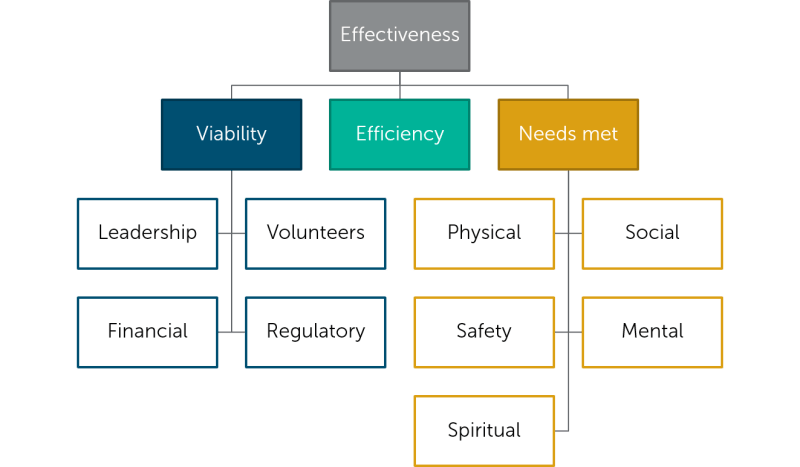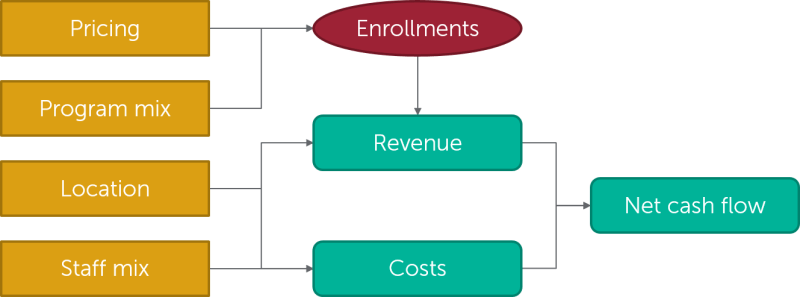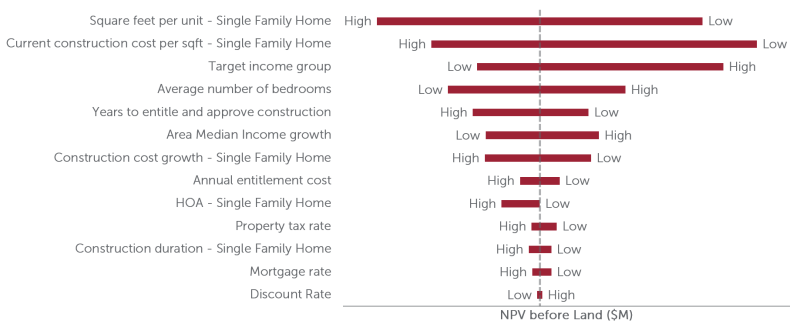Partner With Us
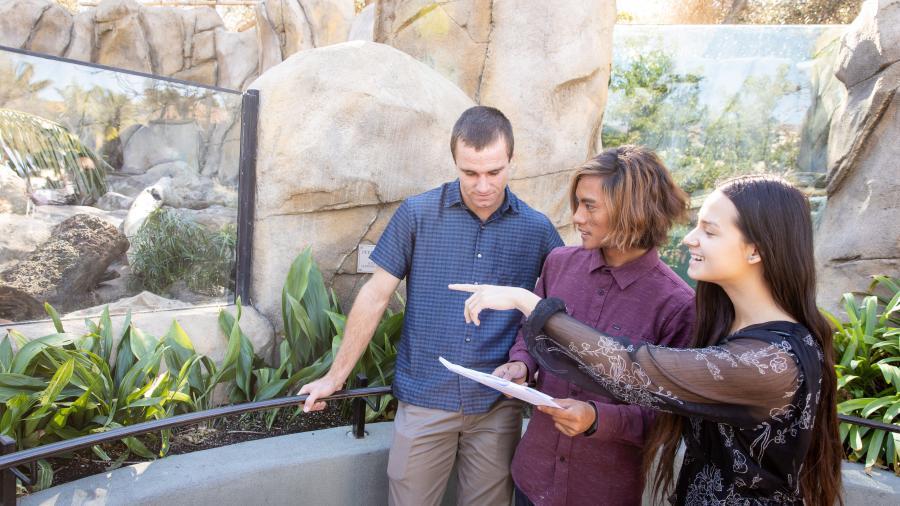
What does a decision support project look like?
Decision Support projects typically involve between 5 and 20 students and follow Westmont’s Fall, Spring, or Summer academic calendar. Before the start of a semester, we will work with you to identify and scope suitable decision projects. Once a suitable decision is identified and the semester begins, Decision Lab students will work along side you to frame the decision, interview experts and stakeholders, collect and analyze data, interpret the findings, and present findings.
A typical project includes kick-off meeting between the students and the partner to finalize the scope of the project, periodic update meetings, and a final presentation. Other deliverables, including reports, documentation, and models will vary according to the project and will be negotiated at the beginning of the project.
Decision Support projects typically support one part of the decision process and take one of three forms: Value Modeling, Decision Modeling, or Sensitivity Analysis.
Value modeling
Value Modeling is about articulating and structuring what is important in a particular decision context.
Orienting a decision around a value model:
- Creates a common framework for thinking about success and failure,
- Guides the identification of alternatives and risks,
- Identifies relevant data needs.
Decision modeling
Decision Modeling is about structuring the interrelationships between values, alternatives, and information. A Decision Model may take the form of an influence diagram (see below), decision tree, or spreadsheet. Once constructed, a Decision Model facilitates the evaluation of alternatives and sensitivity analyses. Decision models:
- Structure the key elements of decision,
- Describe how strategies advance organizational goals,
- Support recommendations, and
- Facilitate sensitivity and risk analysis.
Sensitivity analysis
Sensitivity Analysis is about understanding the key drivers of value in a particular decision. It is usually performed towards the end of the decision process, after objectives have been identified and the decision has been modeled.
Utilizing existing (usually spreadsheet) decision models students create an auxiliary decision model to layer on top of an organization’s existing spreadsheet model. The additional structure facilitates analysis far beyond best- and worst- case scenario analysis and other static “what-if” analyses.
- Identifies how sensitive a particular strategy is to the model’s assumptions,
- Identifies where additional data or modeling may be helpful, and
- Identifies sources of risk and opportunity.
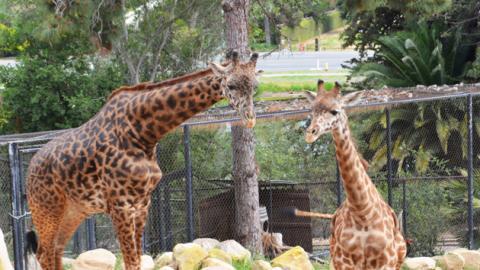
Senior management was considering purchasing a second site to overcome the physical constraints on their existing site. The Westmont Decision Lab worked with senior management across the organization to build a multi-attribute decision model. The model considered a wide variety of strategic priorities for the Zoo, potential configurations of the new and existing site, and key risks.

The Westmont Decision lab created a mobile data collection weekly survey for a collaborative of organizations providing services to individuals experiencing homelessness. The tool gathers data related to meals, medical services, case management services, hygiene services, clothing, animal welfare, and other services to communicate with government and the community.
The DLab then built a dashboard to summarize and report these service metrics in real time.

Westmont Decision Lab students worked with college leaders to characterize students at risk of not graduating. DLab recommendations supported revisions to the advising system.

The DLab worked with the executive director of a non-profit that supports women in Uganda through farming and child support programs. The partner wanted to overhaul their data collection process to increase efficiency, improve reliability, and reduce cost. The DLab help choose and implement a new platform and trained leaders in its use.

Westmont Decision Lab students worked with Executive Director of a historic landmark considering renovating and repurposing one of its campus buildings. Students worked with stakeholders across the organization, designed value and decision models, and recommended a new strategy for the facility.
Contact Us

Dr. Manlapig graduated from the University of Queensland with degrees in both economics (economic statistics) and commerce (corporate finance). He earned two master’s degrees and a doctorate in economics at Columbia University.
